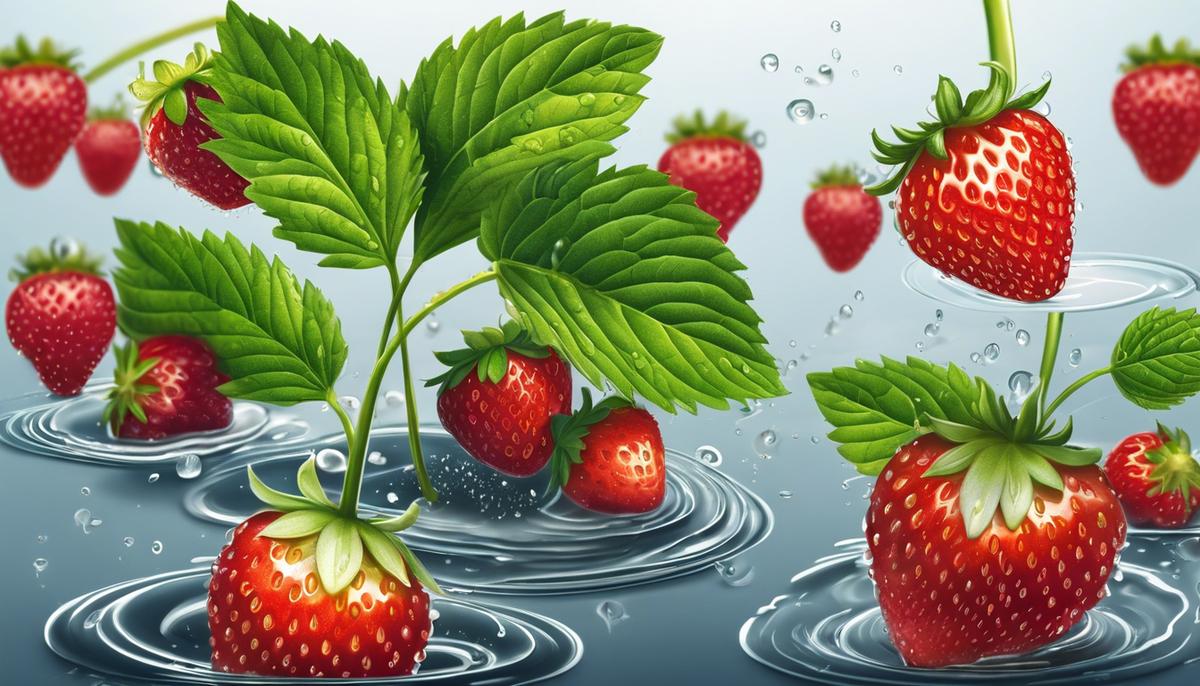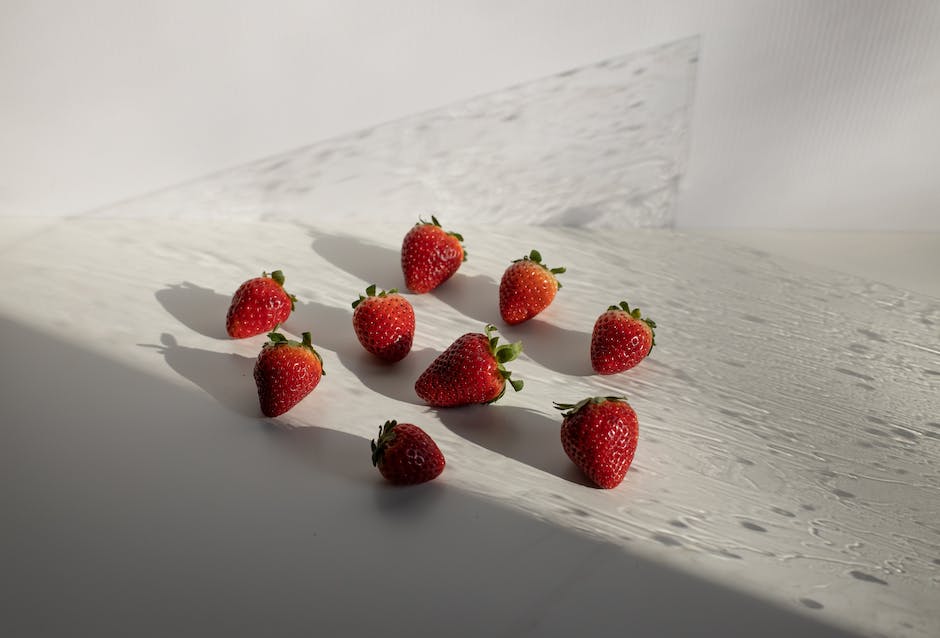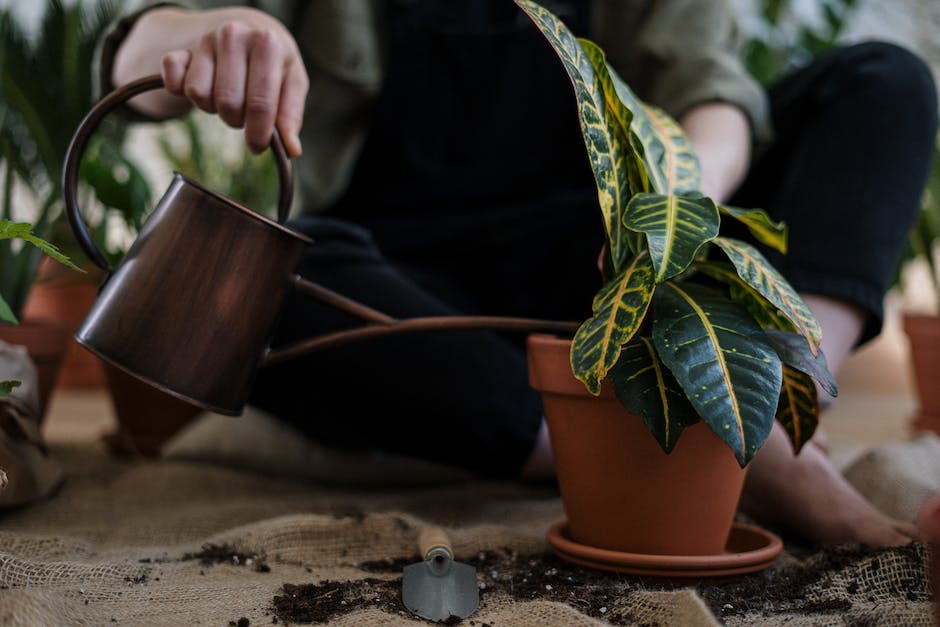Mastering Strawberry Irrigation: How Much Water Do They Need

The captivating allure of the tangy yet sweet bite of a fresh strawberry, rightfully places this fruit as a cherished summer favorite. However, cultivating these delectable berries is no simple feat, especially considering the delicate balance of their water requirements. As with most living organisms, strawberries rely heavily on water for survival and growth. The amount, however, differs at various stages in the life of a plant- from germination, flowering, to fruiting and laying dormant. Thus, grasping an in-depth understanding of these water needs will not only guarantee a lush yield but also ensure the overall well-being of the plant. Additionally, knowledge of potential hazards related to overwatering and underwatering could save growers from experiencing inadequate harvest while arming them with signs to look out for to detect water stress. Furthermore, exploring the most efficient irrigation techniques is essential for any strawberry cultivator aiming for a healthy crop.
Understanding Strawberry Water Requirements
Hello fellow berry enthusiasts!
Strawberries, that deliciously sweet and crunchy garden treasure, require some special attention when it comes to hydration. Oh yes, these little gems are eager drinkers who react best to precise watering routines. Fear not though, by understanding a strawberry’s unique water requirements, anyone can master the art of growing these lush fruits.
First off, let’s talk about frequency. Strawberries really appreciate a good drink, but just like us, they need to pace themselves. On average, strawberries require one to two inches of water per week. They need regular hydration, but it’s important to err on the side of under watering rather than overdoing it. An overwatered strawberry patch can easily become a breeding ground for diseases such as root rot or fungus, which can compromise the health and quality of your crop.
Now, let’s touch on timing. Morning watering is most beneficial. Why? Well, watering in the morning provides plants a chance to fully absorb their drink before the heat of the day evaporates the moisture. Moreover, any water that lands on the leaves has an opportunity to dry out under the sun, reducing the risk of illnesses.
As for technique, take into consideration the size of your plot. A small strawberry patch might do just fine with a standard garden hose or watering can. However, larger plots could benefit from a sprinkler system or even drip irrigation, which directly targets the roots and minimizes water loss due to evaporation.
It’s also important to note that newly planted strawberries will require more frequent watering until they become established, typically around two weeks. Once they’ve found their footing, adjust the watering schedule to the normal one to two inches per week.
Now, every gardener knows that strawberries hate soggy soil just as much as they love hydration. So, how to balance these polar opposite needs? The answer is well-draining soil, friends. This miracle medium holds moisture long enough for the strawberries to get their fill, but it then drains away any excess water, preventing that dreaded waterlogging.
What if you’re growing strawberries in containers or hanging baskets? Fear not, my pot-planting friends, the rules remain the same. However, keep in mind, containers tend to dry out a bit faster, so checking the soil moisture levels more often would be wise.
And there you have it. The mystery of strawberry hydration made simple. Remember, like any hobby, the art of growing strawberries takes time, patience and practice. So, prepare yourselves, dear enthusiasts, for the wonders, triumphs, and, yes, occasional setbacks that symbolize the true gardening journey. Happy watering!

Issues of Underwatering & Overwatering Strawberries
The Balance of Hydration: Addressing Overwatering and Underwatering in Strawberry Plants
Water is life! But even for our sweet, succulent strawberry plants – a hobbyist’s delight, negotiating the perfect balance of hydration can be a tricky enterprise. We’ve already touched upon general strawberry watering tips, addressing water frequency, the benefits of morning hydration, the importance of well-draining soil, and more. However, acute attention needs to be paid to the persistent issues of overwatering and underwatering. As intriguing as it sounds, let’s dive right into the specifics.
Overwatering strawberries is more than just drenching the plants. Symptoms become rather noticeable when strawberries receive too much water. Off-color leaves are one of the first signs of an overwatered strawberry plant. Primarily, the leaves will turn lighter, almost yellowish. While it can also indicate nutrient deficiencies, such a color change, particularly when it’s rapid, is a surefire sign of overwatering. Then there are stunted growth and lack of vigor. Overwatered strawberries will display slowed growth and look like they’re lacking vitality.
So how exactly does hobbyist correct overwatered strawberries? The best way is to lay off the water for some time and give the strawberry roots a chance to dry out. If the strawberries are in a container, consider repotting them into fresh, well-draining soil to help expedite the drying process. If the strawberries are planted in the ground, adding amendments like compost or organic matter can help improve the soil’s drainage.
In contrast, underwatering can cause just as much, if not more, damage. When strawberries don’t get the water they need, the leaves will begin to wilt, looking weak and rather limp. Darker, almost crispy leaf edges may also appear. Even the normally vibrant red fruit can appear dull or non-existent, gravely impacting the yield.
To correct underwatering, the strategy is simple but needs to be gradual. Begin by slowly increasing the watering schedule. One important thing to remember is not to shock the plants by suddenly increasing water; it should be a gradual process. Use a finger to check the soil’s dryness at least one inch deep before deciding if water is needed.
Another remedy to consider would be mulching. A layer of mulch around the strawberry plants can help to retain soil moisture, reducing the chances of the soil drying out too quickly between watering sessions. Remember, the use of organic mulch wil also enrich the soil as it decomposes, adding to the overall nutrient content.
In conclusion, dealing with overwatered and underwatered strawberries requires observation, quick action, and a nuanced understanding of plant hydration. We hobbyist gardeners, as caregivers to these ruby delights, must be keenly attuned to the signs our strawberry plants show us. It’s a learning experience, but oh, so rewarding when the perfect, juicy strawberry is the end result of our gardening endeavors.
Remember, fellow gardening enthusiasts, strawberries, like any other plant, thrive best with love, care, and a little bit of expert oversight. So, let’s don our gardening gloves and let’s handle hydration the right way, shall we? Let’s make those strawberries grow!

Effective Strawberry Irrigation Techniques
Exposing those vibrant, bright-red strawberries to sunlight plays a crucial role in their ripening and development, but let’s not overlook their good companion – water. Let’s delve into more advanced strategies when it comes to watering our beloved strawberry plants.
Mulching methods can enhance your strawberries’ watering efficiency, especially during the hot summer months. Straw or pine needles are perfect mulch materials. They maintain soil temperature, reduce water evaporation, and prevent weeds, which could compete with your plants for water.
Then there’s the magic of soaker hoses or drip irrigation. This method of controlled, slow-release watering directly targets the root zone of your strawberries. It minimizes loss of water to evaporation or runoff and reduces overwatering and the consequential risk of root rot and fungal infections. Every drop of water counts!
Don’t forget the role of the environment while watering your strawberries. If your area is prone to afternoon winds that accelerate evaporation, make sure the soil retains more water. In humid conditions, less water is lost to evaporation, so adjust your watering plans accordingly.
Underwatered strawberries are as concerning as overwatered ones. Your strawberry plants may exhibit drooping leaves, slow growth, and reduced fruit production if they’re not receiving enough water. To get these plants back to optimum health, increase watering frequency and monitor consistently.
Lastly, let’s tackle the strategic approach to watering strawberries in different growth stages. After the first blossoms appear, increase your watering slightly – this aids the fruit in achieving maximum juiciness. When the plants are fruiting, they’ll need more water, directing all the essential resources towards berry production.
The final key is understanding your strawberries, their needs, and reactions to different practices. It’s like a friendship – pay attention, care for them, and maintain a balance. They’ll reward you with a harvest of luscious, tender, and juicy berries that taste like pure joy. Your time, effort, and careful watering techniques will transform your strawberry patch into a sweet paradise. Happy gardening!

When effectively attended to, strawberry plants can yield an abundant harvest of juicy, sweet fruits. Charting out an irrigation plan that takes into consideration the plant’s water requirements at diverse stages enables a cultivator to maximize growth, be aware of the signs of underwatering or overwatering, and implement effective watering techniques. By understanding the water dynamics in play, it is possible to fine-tune the watering schedule, considering factors such as the time of watering and method of irrigation. Successful strawberry cultivation significantly rests on the wise management of water resources. As you embark on the path of growing these delightful berries, remember to remain sensitive to the nuanced needs of the plant, bestowing upon it the right amount of water at each stage of its development. Your reward will be a bountiful yield of nature’s candy – the irresistible strawberry.



